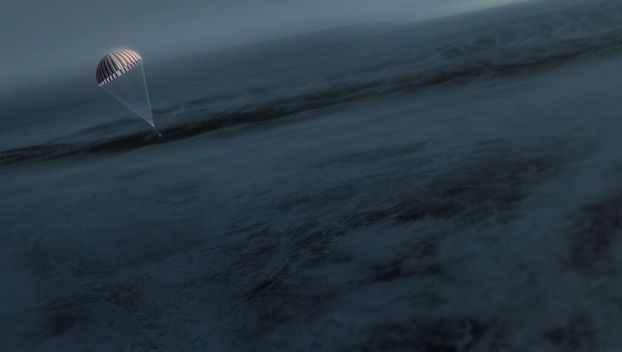
Columns
OUR SPACE: Meeting two asteroid visitors
Within a week we had headlines made by two NASA missions visiting asteroids up close (and of course ... Read more

Within a week we had headlines made by two NASA missions visiting asteroids up close (and of course ... Read more